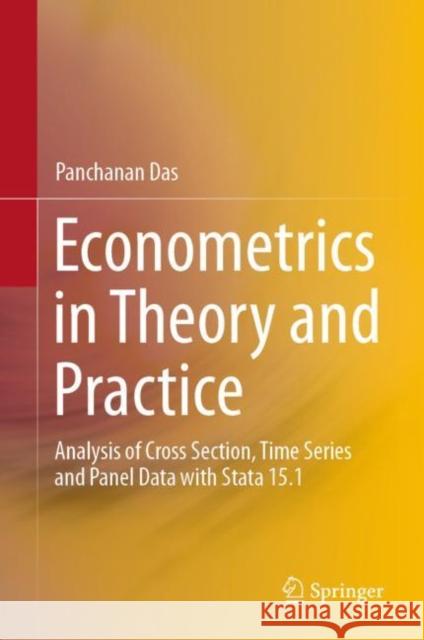Econometrics in Theory and Practice: Analysis of Cross Section, Time Series and Panel Data with Stata 15.1 » książka
topmenu
Econometrics in Theory and Practice: Analysis of Cross Section, Time Series and Panel Data with Stata 15.1
ISBN-13: 9789813290181 / Angielski / Twarda / 2019 / 565 str.
Econometrics in Theory and Practice: Analysis of Cross Section, Time Series and Panel Data with Stata 15.1
ISBN-13: 9789813290181 / Angielski / Twarda / 2019 / 565 str.
cena 806,99
(netto: 768,56 VAT: 5%)
Najniższa cena z 30 dni: 693,97
(netto: 768,56 VAT: 5%)
Najniższa cena z 30 dni: 693,97
Termin realizacji zamówienia:
ok. 22 dni roboczych
Dostawa w 2026 r.
ok. 22 dni roboczych
Dostawa w 2026 r.
Darmowa dostawa!
Kategorie:
Kategorie BISAC:
Wydawca:
Springer
Język:
Angielski
ISBN-13:
9789813290181
Rok wydania:
2019
Wydanie:
2019
Ilość stron:
565
Waga:
1.00 kg
Wymiary:
23.39 x 15.6 x 3.33
Oprawa:
Twarda
Wolumenów:
01
Dodatkowe informacje:
Wydanie ilustrowane











